Embracing Transgender Communication
By Kerri Allen | August 8th, 2015
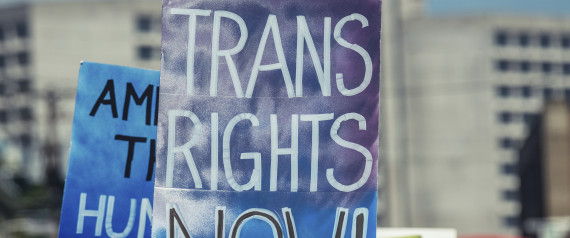
Trans Rights care of shaunl via Getty Images
Pronouns. America’s been buzzing about ’em since Caitlyn Jenner debuted on the July cover of Vanity Fair. Before her transition, Jenner told ABC’s Diane Sawyer to continue to call him (then, Bruce) “him.”
So what’s in a name?
My neighbor is mid-transition and we call her Hannah now, not Aaron. Another New Yorker I know has “Alfredo” on his birth certificate, and used to go by “Fredo,” but now self-identifies as “Frida.” Sometimes it’s confusing to use the preferred names and pronouns, to not accidentally offend, to respect people’s wishes — often as wishes are evolving.
Just knowing Hannah and Frida puts me in the minority — only 8 percent of Americans say they know someone who is transgender or gender non-conforming, compared to 84 percent who know someone gay, lesbian or bisexual. But having a personal connection is an important step in perspective and understanding. As transgender actress Laverne Cox (Orange is the New Black) eloquently explained toTime last year, “When people have points of reference that are humanizing, that demystifies difference.”
Communications and the media are powerful vehicles, and as the conversation about the gender spectrum gets louder, communication pros need to hone their facility with talking — and writing, producing and Snapchatting — about it.
Bold Brands
Beholden to stockholders and stock prices, most brands follow the money — and that usually means the deeper-pocketed majority. It’s estimated that only about 0.3 percent of Americans identify as trans; the overall group experiences twice the rate of unemployment as the general population and is four times more likely to live in extreme poverty, surviving on less than $2 a day.
When luxury retailer Barneys New York launched its “Brothers, Sisters, Sons & Daughters” campaign last year, it was laudable. Sure, they were tapping into a cultural trend in a category where expression is paramount — it’s fashion, not finance — but the group that they were featuring is routinely impoverished and probably couldn’t afford their apparel. The campaign debuted at Barneys with 17 transgender models and a PR bump through work with iconic photographer/filmmaker Bruce Weber.
Then, last June, Marriott International included transgender model and activist Geena Rocero in its #LoveTravels digital content campaign. Rocero had shocked the world during a March 2014 TED talk when she publicly revealed that she was “assigned a boy at birth.” Marriott didn’t shy away. Instead, they leaned in. A campaign spokesperson explains that #LoveTravels is “Marriott’s way of encouraging travelers to live their individual truths and share their travel experiences… providing each guest with a unique experience…where they feel welcome and comfortable.”
A time when most everyone feels uncomfortable are the teenage years — a target market for J&J’s Clean & Clear brand. This spring, they launched the “See the Real Me” campaign featuring trans teenager and activist Jazz Jennings, which not only caught the attention of the industry trades, but also consumer media. In her core campaign video, she says, “I’m just Jazz, being one of the girls.” The effort promotes J&J’s line of acne and skin care products by focusing its messaging around “girls having the courage to show who they really are, and what makes them unique.” And that includes transgender young women.
Media Coverage
It isn’t a secret that media matters in the growing LGBT — emphasis on the “T” — conversation. From Caitlyn Jenner’s ABC special to Laverne Cox on the cover of Timeto the award-winning Amazon series “Transparent,” the trans community is stepping into the media spotlight.
Communication professionals should be willing to consider trans spokespeople and the community’s trends and needs across campaigns, media lists, social media influencers, events and sponsorships. Not sure where to start? GLAAD’s Media Reference Guide recommends, “If you are doing a story about women in tech or Mother’s Day, consider including a transgender woman in those stories. Transgender people can also be booked to talk about issues that are not trans-specific.”
Sometimes it’s as simple as remembering — in the midst of frenzied cultural, media and policy change — that people are just people.
A version of this post first appeared in PRSA’s Tactics magazine.
Follow Kerri Allen on Twitter: www.twitter.com/kerrita
More available at Huffington Post.


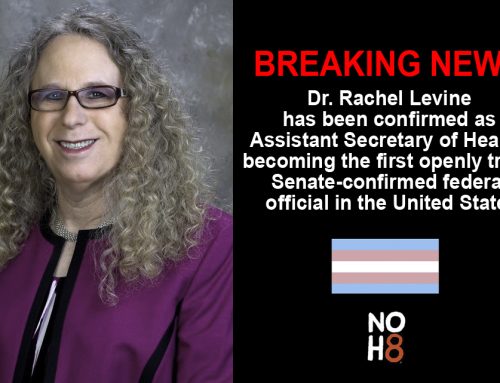
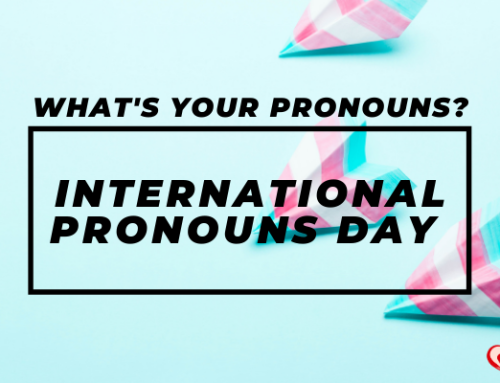

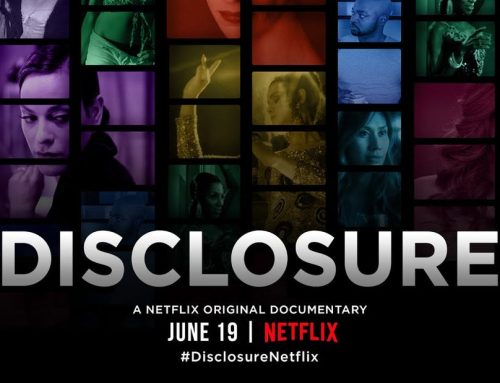
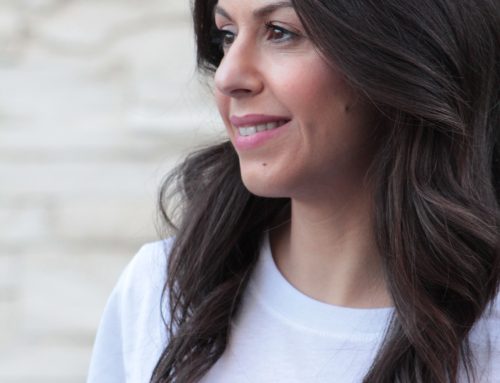
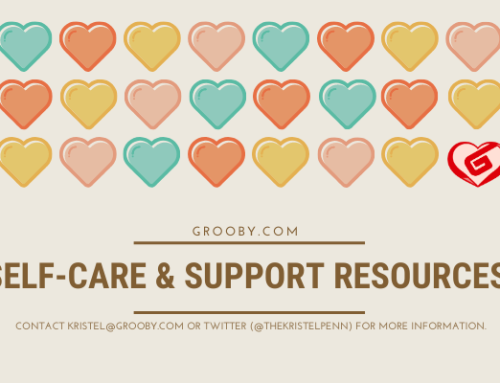

 Any misuse, unauthorised use or copyright infringement of these images whatsoever will be met by criminal and civil litigations WITHOUT FAIL. Comments and problems to Webmaster.
Any misuse, unauthorised use or copyright infringement of these images whatsoever will be met by criminal and civil litigations WITHOUT FAIL. Comments and problems to Webmaster.